Farmers have always favored elevated beds due to their convenience. They provide a useful way for farmers to cultivate a range of veggies, fruits, and blossoms in areas of any dimension. When thinking about elevated bed gardening designs, there are definitely a few things to keep in mind notwithstanding its adaptability.
All farmers can benefit from elevated beds, whether they are cultivating perennial plants in a tiny patio or tomatoes and cucumbers in an urban landscape. Building an elevated bed for gardening is a rather simple and affordable project that involves building a simple structure out of existing lumber. After your bed is constructed, there are factors to keep in mind about its upkeep.
Here, we offer tips and suggestions from horticultural professionals as well as—most importantly—the most prevalent errors people make while growing planted beds, which will help them flourish for several decades ahead.
‘Raised Bed Gardening Mistakes And How To Avoid Them’
Size Is Crucial:
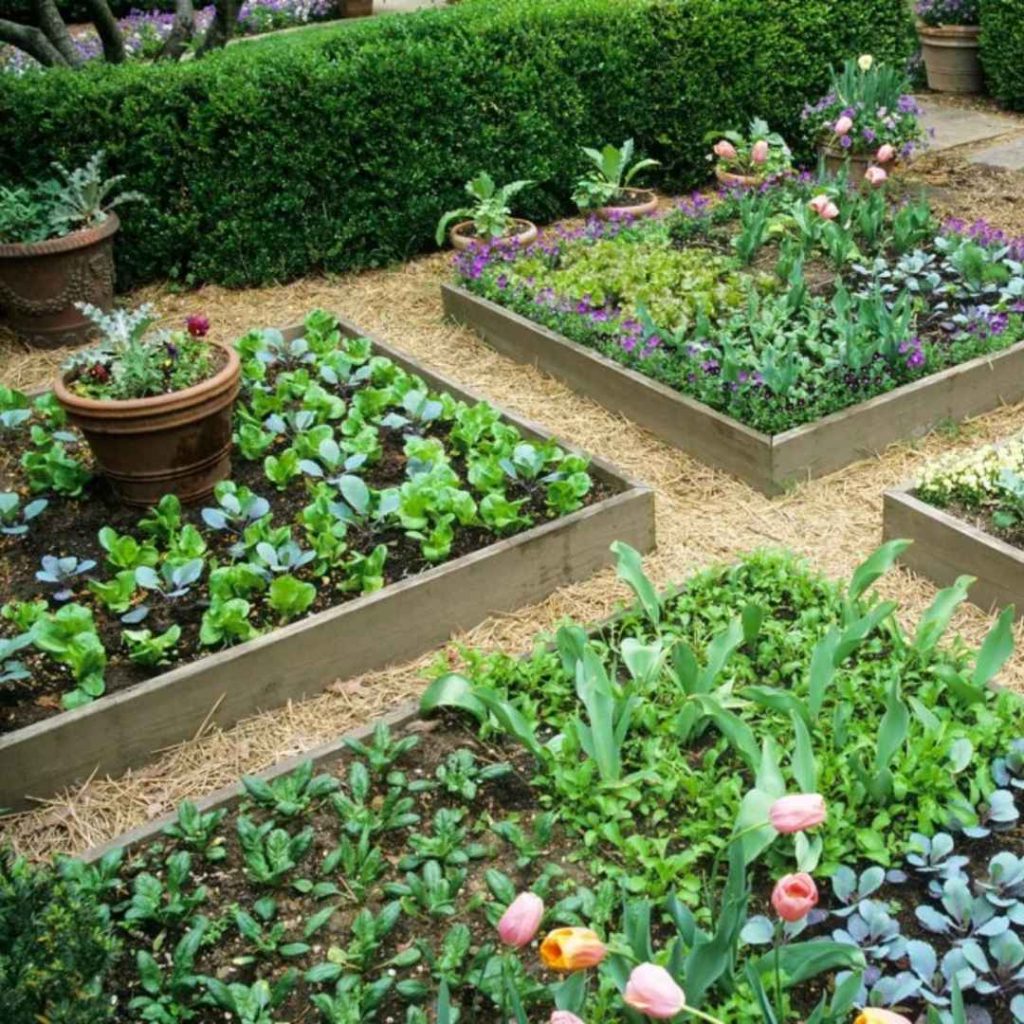
The dimension of the elevated bed will have a significant impact on overall production, regardless of how much you’re attempting to cultivate tubers or another vegetable. To ensure that you may reach every inch of the bed, it is an excellent decision of keeping the bed compact to moderate in width.
Nothing is sadder than walking on the bed in order to retrieve the winning tomato because you are unable to access it. Keep in mind the elevation is important when determining the ideal depth for an elevated bed, particularly when it comes to availability.
It’s an excellent decision to modify the peak of an elevated bed to suit your needs because plenty of homeowners may not be ready to get down to the surface or may prefer to crouch when cultivating.
Avoid Skipping The Organization Phase:
If you decide to neglect the design phase, you run the danger of putting the elevated gardening area in shading or towards an orientation that isn’t ideal to ensure your vegetation’ interaction with sunshine. Rather, it might be beneficial to spend a few moments planning prior you start using the instruments.
To maximize sunshine being exposed, place the elevated bed towards north-south instead of east-west. While building, be assured no plants or shrubbery will shadow the area where the elevated vegetable garden will be placed.
Consider Your Bed’s Placement Meticulously:
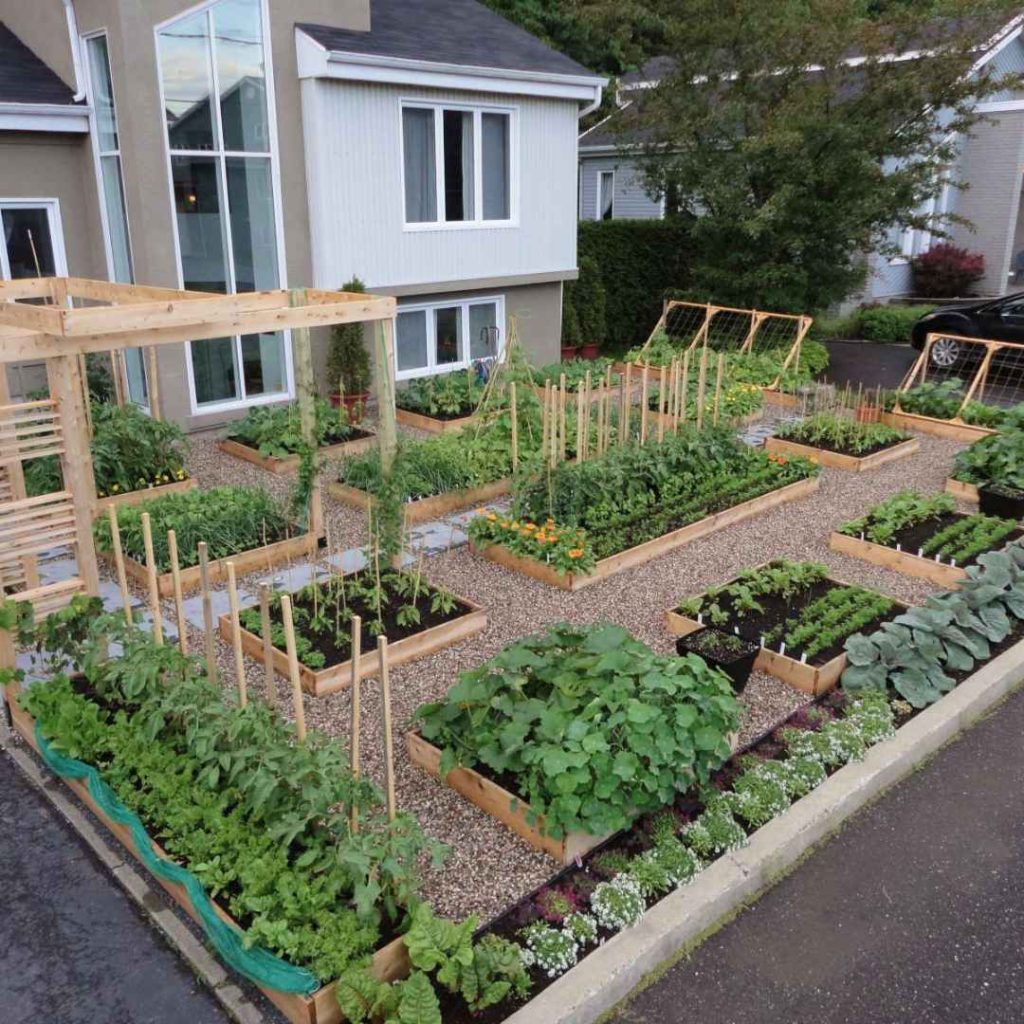
Although it appears easy, a lot of landscapers commit this error. The best location for planting beds in the backyard ought to be chosen. Your vegetation will not thrive if you place the elevated bed in complete shadow under a canopy of trees.
Since every berry, veggies, and blossoms require sunlight to flourish, you ought to constantly put your elevated vegetable bed in a protected area that receives either direct sunlight or partial shading.
Additionally, consider your responsibilities for irrigation and water supply, which will be essential during summertime. Arrange the beds where a garden sprinkler or watering supply can reach them.
Give Every Vegetable Garden Bed Loads Of Room:
Although it could be alluring, placing the planting beds next to one another may render planting more challenging. Generally speaking, allow space for a shovel so that you may transport mulching and composting.
Steer Clear Of Invasive Species Killer:
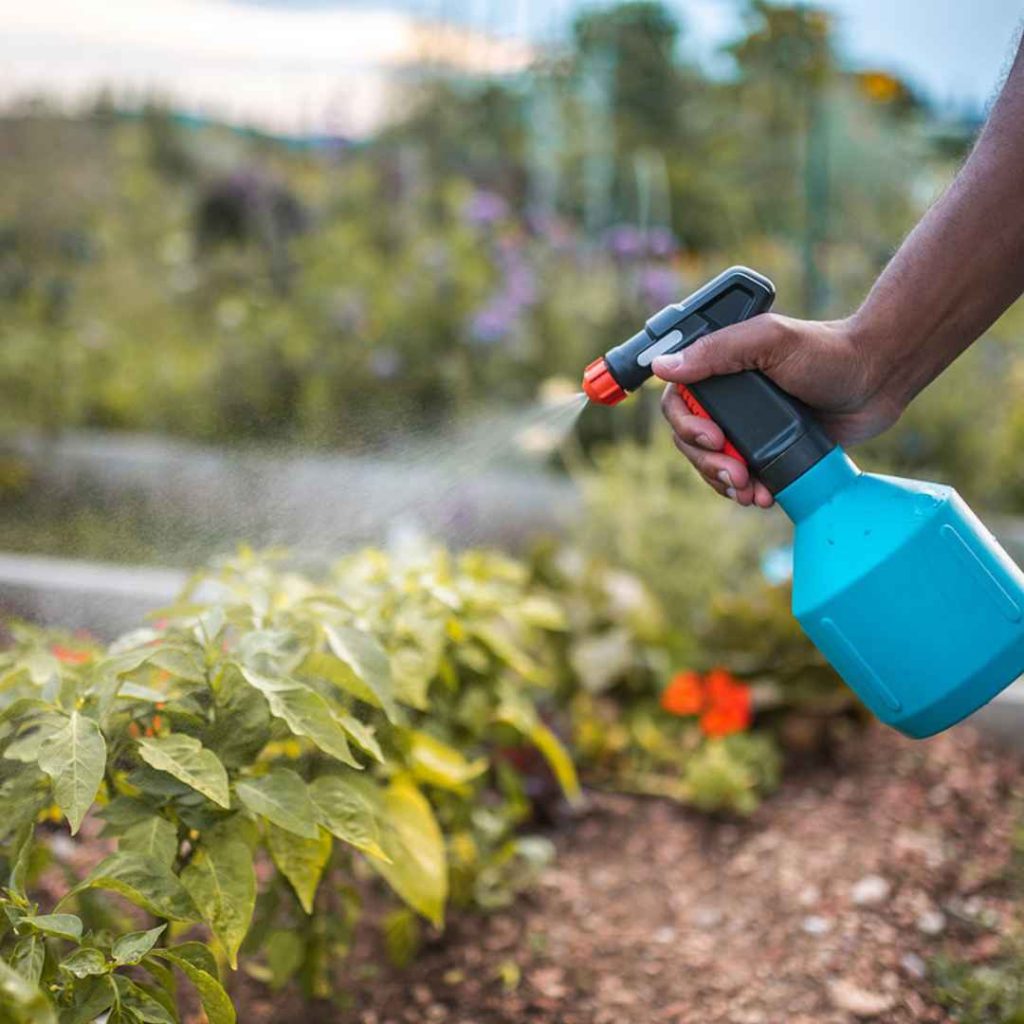
Despite the temptation, using insecticides or weevil killers within or around the elevated gardening area might damage the ground for generations. Rather, cultivating in a naturally occurring manner. To prevent long-term damage, attempt pulling wildflowers manually or with mowing equipment.
Selecting The Incorrect Kind Of Soil:

The condition of the soil is crucial, just like in any vessel or gardening project in containers. You are going to experience unacceptable outcomes if you use inadequate soil. In order to provide vital vitamins and minerals to the soil around you, you ought to, at the very least, add a source of naturally occurring substance, such as manure.
Additionally, to assist nourish the ground, keep invasive plants at bay, and preserve humidity, I would advise putting a mulch made from vegetables or moldy foliage on the boundaries and beds yearly.
Choose Your Materials Wisely:
Timber will eventually decay and degrade, even though we may like the way hardwood elevated gardens appear (and how much they cost). This could not have been an issue for do-it-yourself, economical landscapers, however if you want something additional robust, check at additional supplies like zinc-plated steel. Rock and concrete, which are non-biodegradable substances, are additionally excellent options.
Using Railroad Stakes For Constructing An Elevated Bed:
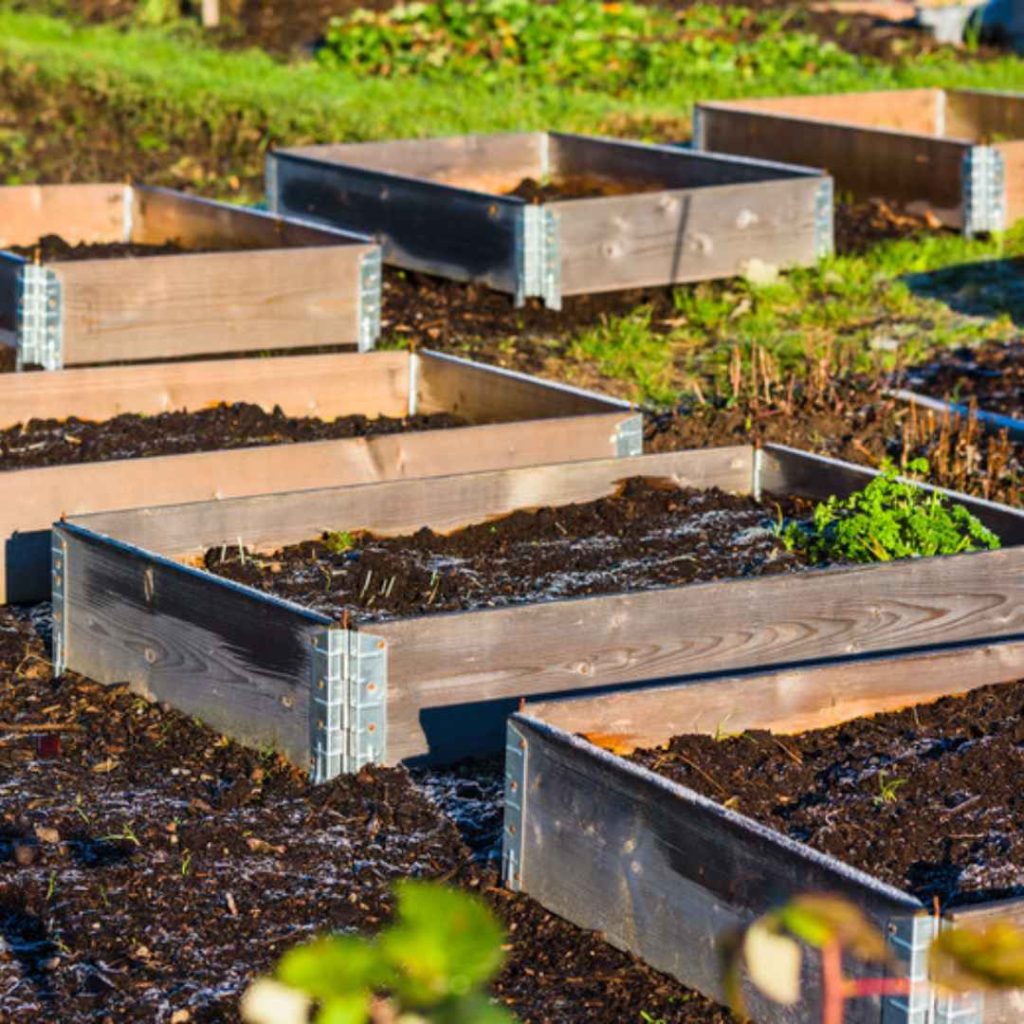
Despite their apparent strength and durability, railroad stakes can seriously damage your landscaping and possibly your well-being. This is due to the fact that they receive treatment with creosoting a poisonous substance that might pollute your agricultural output by seeping into the ground.
When building your beds, adhere to unprocessed or innately rot-tolerant hardwoods like oak. If you can’t afford unprocessed wood from cedar, think about ceramic slabs as a replacement. Just be sure to use fresh materials.
Your Lifted Beds Not Leveled:
It’s simple to forget to align your bed’s surface. You desire simply to set your beds on the floor and make it an evening after spending so much time creating them. However, inconsistent planted beds can cause soil degradation, inconsistent development of vegetation, and insufficient outflows.
To guarantee a steady developing circumstances, take the opportunity to set your beds correctly before you place them. When necessary, excavate off topsoil or rebuild up recesses with rubble or paving material.
Applying Broad Plywood Of Oak To Your Elevated Beds:
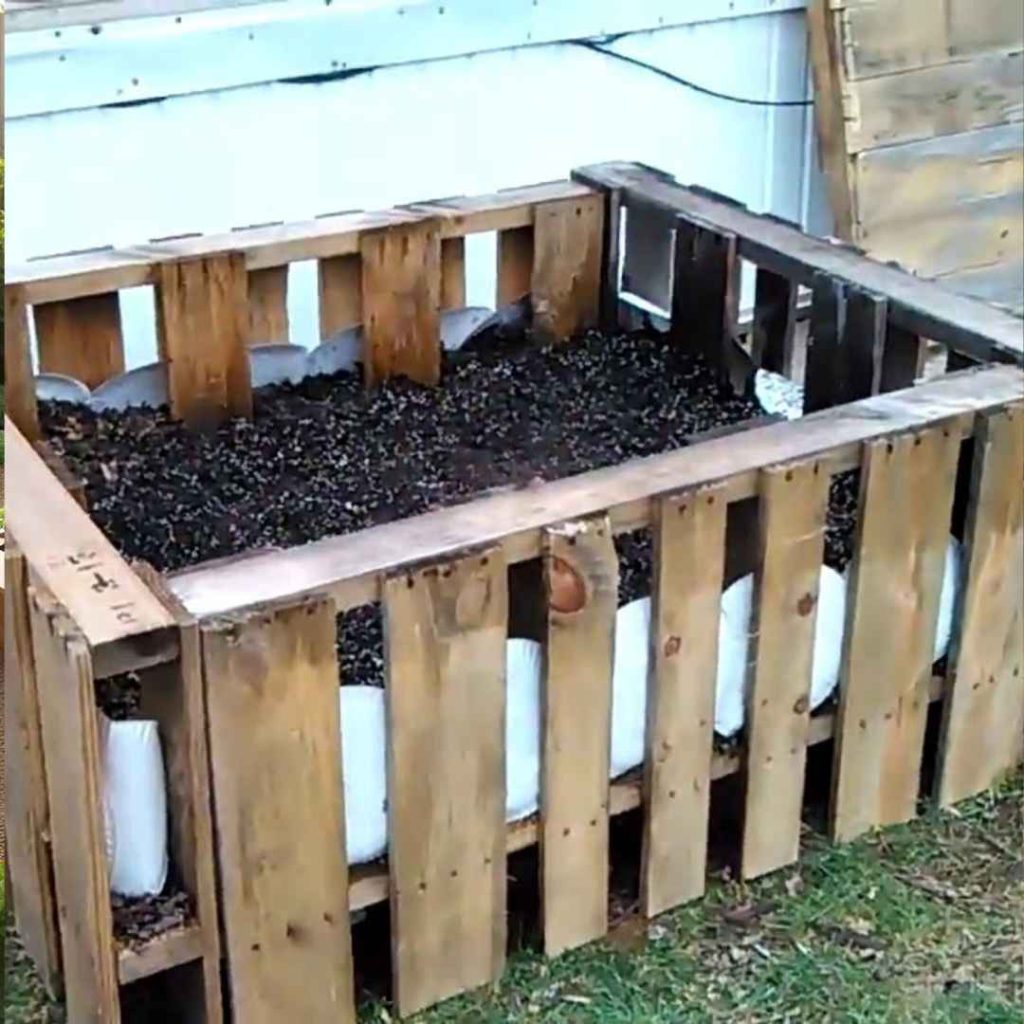
Utilizing too much thin timber to construct the elevated bed’s edges constitutes one of the greatest frequent errors. Whenever you’re sitting in the hardwood section, figuring out the amount that merely the wood will cost you, it’s quite appealing to get narrower planks.
Purchase planks that are two inches broad. These heavier planks are supposed to be composed of a long-lasting wood, such as mahogany or pine, which are innately resilient to decay and have a long lifespan.
